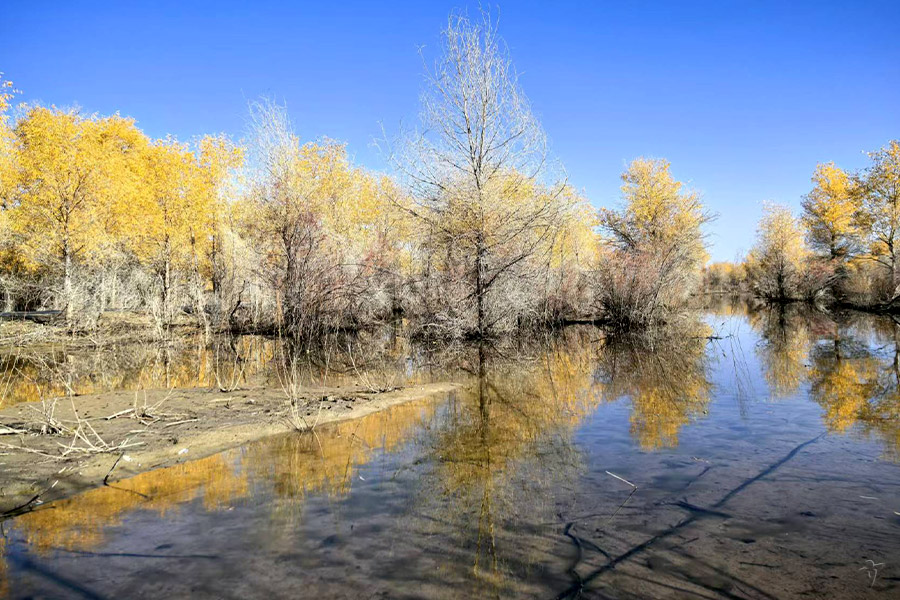Korla travel guide
Korla in brief As a key way in Ancient Silk Road with long history, Korla means overlook in Uygur. Located in the center of Europe and Asia Continent and Xinjiang and the northeast margin of Tarim Basin, Korla borders Kuluke Mountain and Huola Mountain (branch of Tianshan Mountain) to the north and Taklimakan Desert (the second largest mountain in the world). Korla is also called Peal City and Oil City because it is rich in bergamot pear and oil. Minorities have occupied 30.1 % of the total population in Korla. There are 23 minorities in Korla: Han, Wei, Meng, Hui, etc. Korla has five superiority resources: light, heat, water and soil resource, oil and gas resource, mineral resource, tourism resource and unique agriculture resource. Kola has a warm temperate continent dry climate with a total sunshine times of 2990 hours, frost free period of 210 days, annual average temperature of 11.4 ℃ and annual average rainfall of 58.6 millimeters. Therefore, it is quite suitable for the growth of bergamot pear, fruits, cotton, tomato, safflower and hop. The long stapled cotton, tomato catchup and wild kinder of Korla enjoy widespread reputation. The tourism resources of Korla hav...More information about Korla »
Quick Questions
Our team is waiting for your questions. Please feel free to ask us any questions you might have about our China package tours, Chinese culture, or the sites available. We will gladly help you with any special needs you might have and all questions, like our trip designing is completely free of charge.





